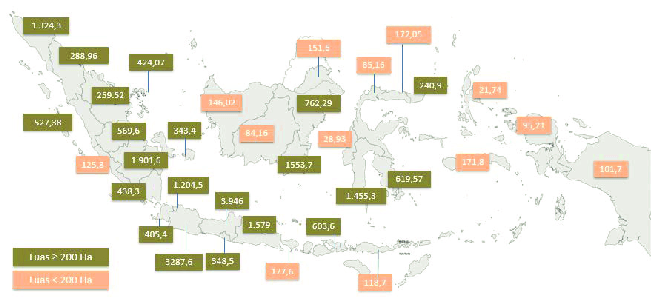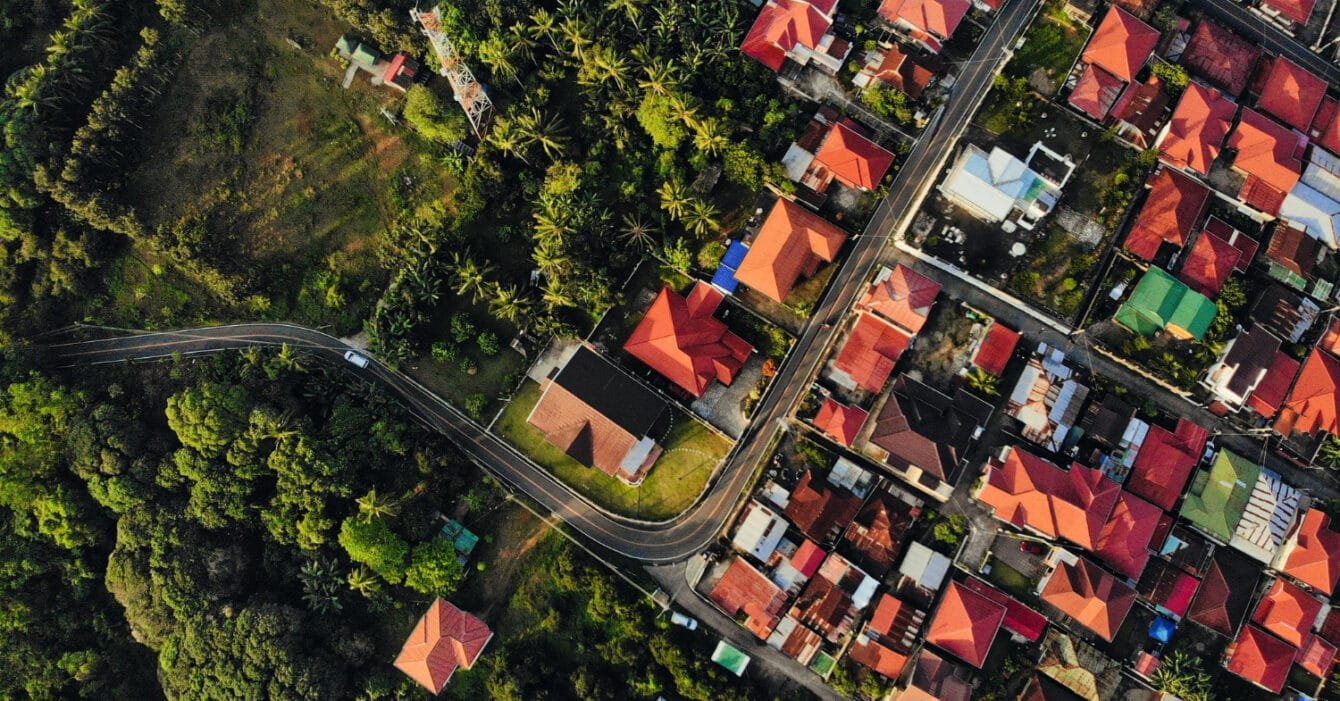In Indonesia, the right to adequate housing is enshrined in the Constitution, yet millions still lack access to affordable homes. The country’s rapid urbanization, combined with population growth, has created a housing crisis that is most visible in Jakarta and other urban areas. This crisis has spurred both government and developers to address housing affordability through innovative policies and Affordable Housing Projects Indonesia.
Rising Demand for Affordable Housing Projects Indonesia
The need for Affordable Housing Projects Indonesia in the country is immense. Government data indicates that Indonesia requires around 800,000 new housing units annually. Additionally, a backlog of about 15 million units represents decades of work ahead.

Demand is especially high in Greater Jakarta, where the population has surged, reaching an estimated 35 million by 2020. Rapid urban migration to industrial hubs such as Jakarta has intensified the need for low-cost housing, especially on the city’s outskirts, as land within the city grows scarce and expensive.
Challenges in Meeting Affordable Housing Needs
Several factors make affordable housing difficult to provide in Indonesia. High urban land costs drive up housing prices, pushing low-income families to the city’s periphery. Furthermore, rising construction costs—from labor wages to materials—limit profit margins for developers in the low-cost segment. Consequently, some developers prefer targeting middle-income buyers, where margins are higher.
Another challenge in Affordable Housing Projects Indonesia is regulatory hurdles. While affordable housing policies are set at the national level, local governments handle implementation. This creates bureaucratic delays, causing project costs to escalate and making low-cost housing less attractive for developers. Additionally, better-off Indonesians investing in second or third properties have further driven up prices, making it harder for low-income buyers to secure homes.
Government Initiatives: FLPP Program and Beyond
The Indonesian government has introduced several programs for Affordable Housing Projects Indonesia, primarily through the Housing Finance Liquidity Facility (FLPP). The FLPP provides subsidized mortgages to low-income families. In 2023, for instance, the government allocated Rp 108.5 trillion to FLPP, which has already funded over 1.29 million housing units since its inception. The program’s goal is to address the housing needs of low-income families while stimulating the economy. Additionally, it will also increase job opportunities in the construction sector.
Another initiative focuses on constructing low-cost apartment buildings, known as rusunawa. Jakarta’s government aims to build 200 such towers annually, primarily in areas like Pulo Gebang, West Jatinegara, and Muara Baru. These units not only provide affordable housing but also help relocate residents from flood-prone slum areas.
Innovative Solutions for Affordable Housing Projects Indonesia
Beyond direct subsidies, the government and developers are exploring alternative solutions. One approach is to use publicly owned land for Affordable Housing Projects Indonesia, reducing costs for developers and buyers alike. Moreover, expanding the rental market can provide flexible housing options for those unable to afford ownership. This is crucial for informal sector workers, who often face barriers in securing home loans.
Upgrading informal settlements also offers potential. Rather than displacing residents to the outskirts, upgrading existing communities preserves social networks and provides affordable housing options near job centers.
Social and Economic Benefits
Affordable Housing Projects Indonesia not only improve living conditions but also boost economic growth. The construction of affordable homes creates jobs and supports industries connected to the housing sector. Furthermore, as more people gain access to adequate housing, they enjoy better health, educational opportunities, and overall quality of life. This, in turn, positively impacts the wider community.
Looking Forward: The Path to Sustainable Affordable Housing Projects Indonesia
The government’s commitment to affordable housing remains strong, with plans to reduce the housing backlog significantly by 2030. Future projects will require continued collaboration between the public and private sectors, along with policy adjustments to support sustainable growth. Through these efforts, the country aims to provide decent, Affordable Housing Projects Indonesia to millions, fostering a more prosperous and inclusive society.

